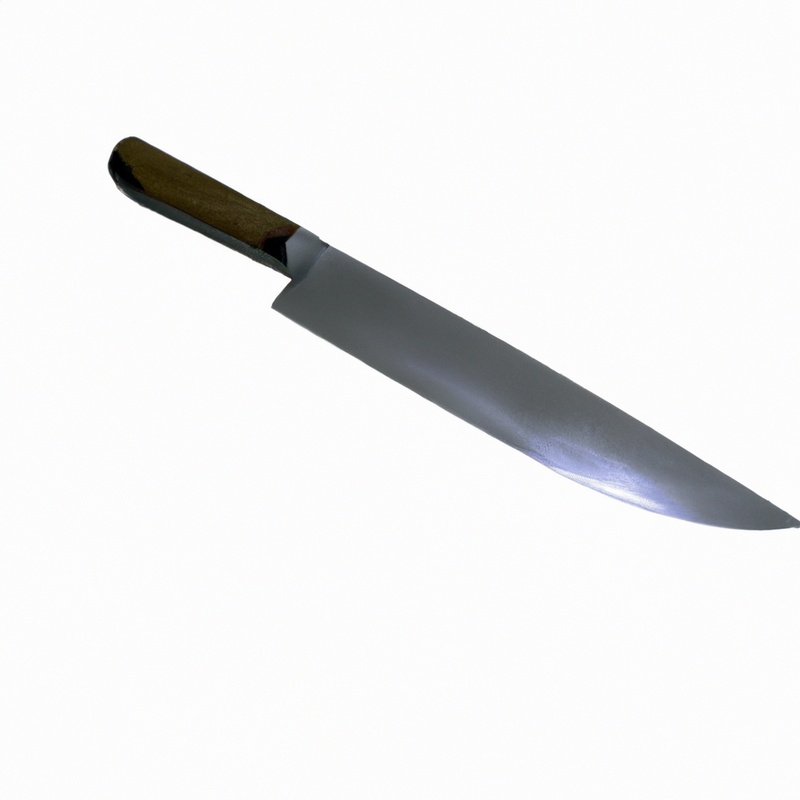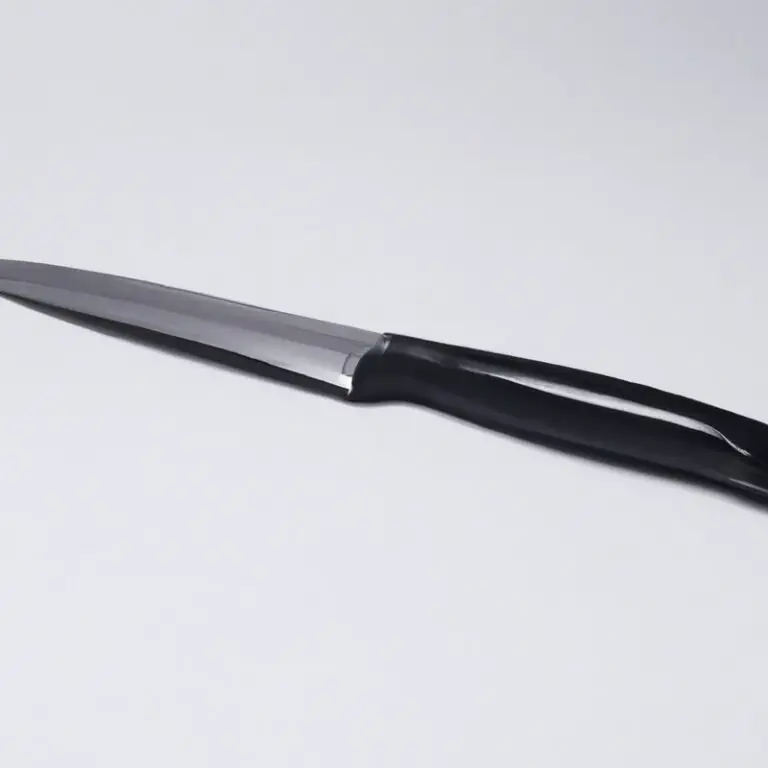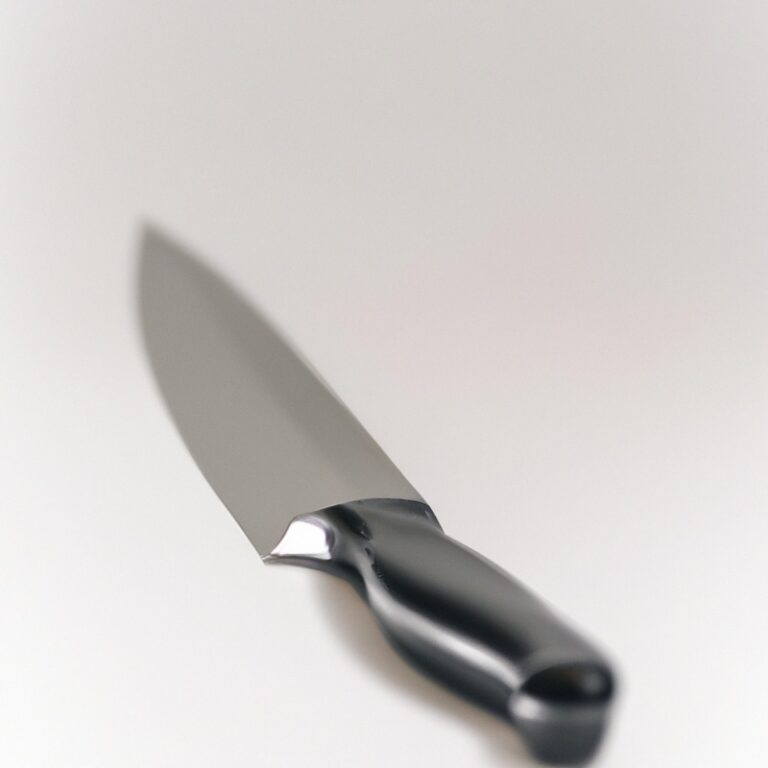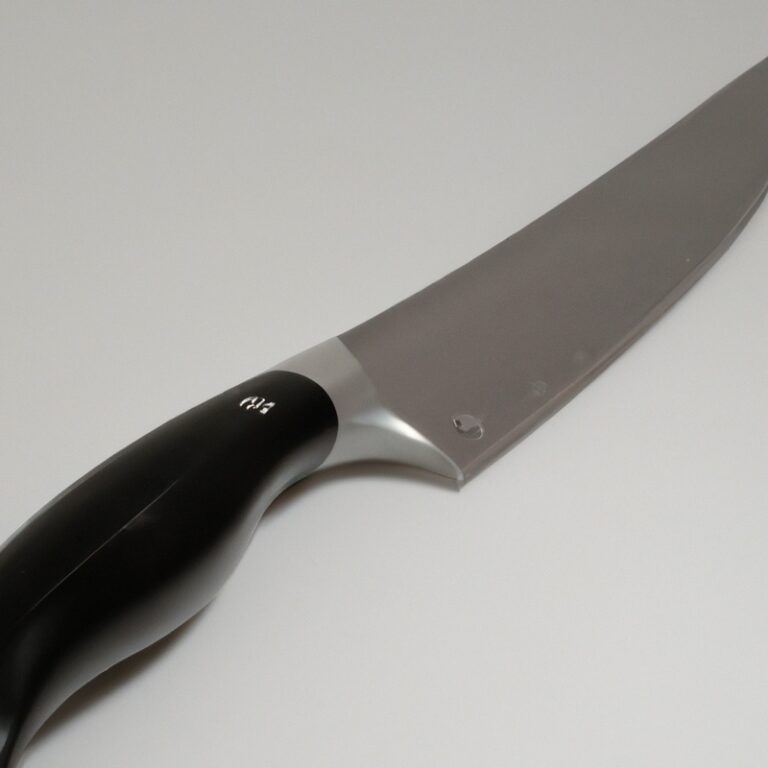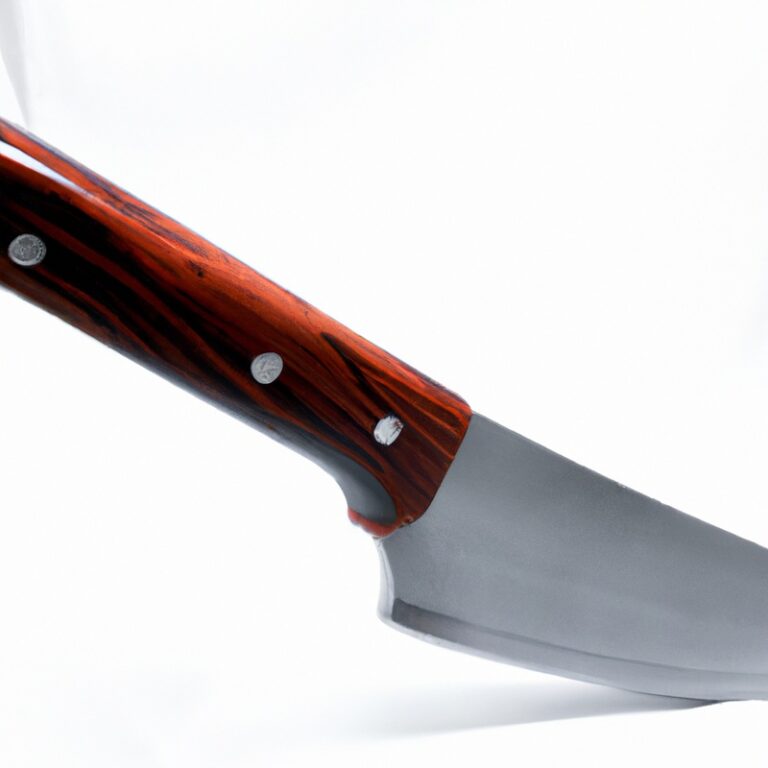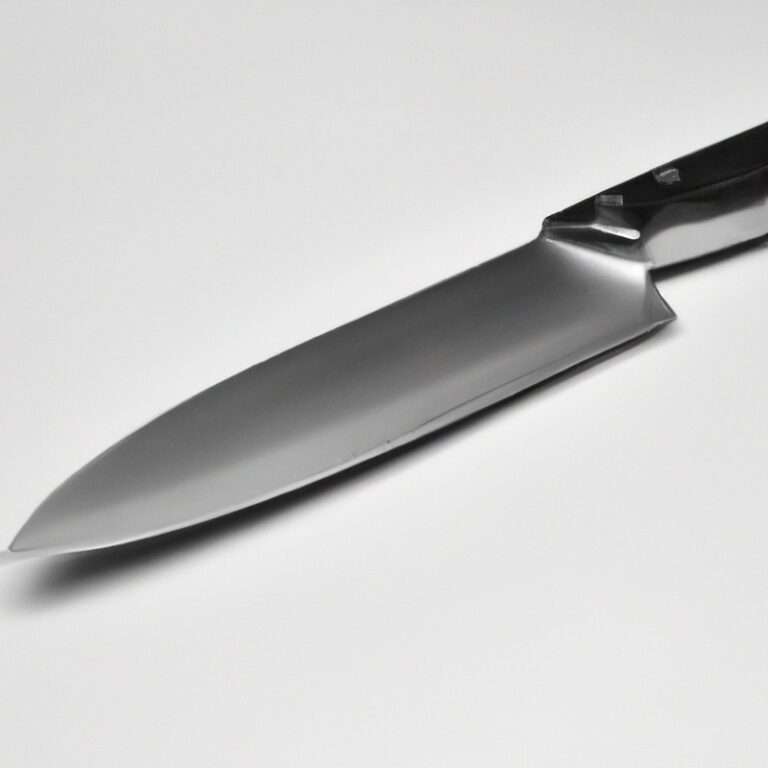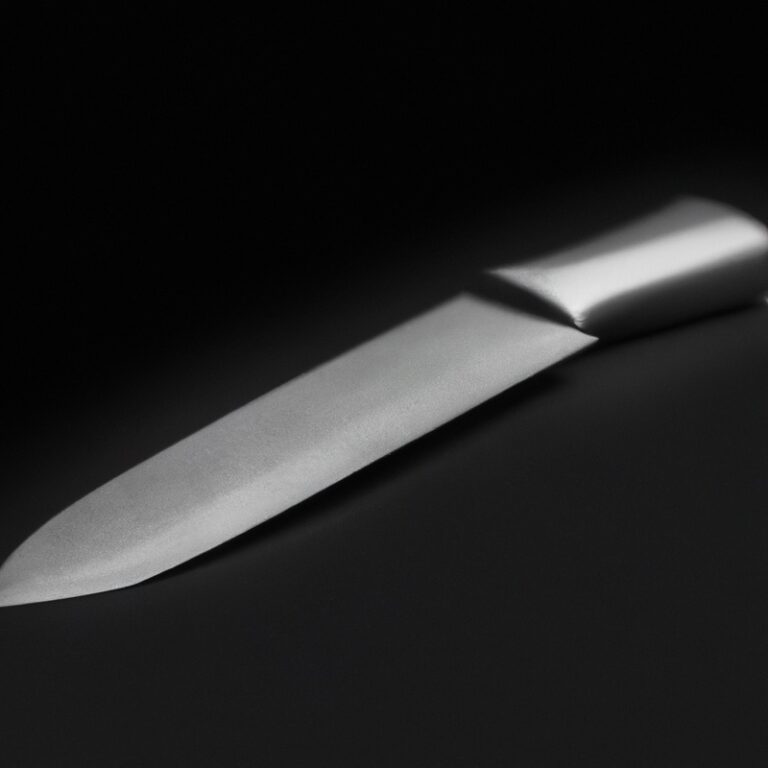Which Knife Steel Is Best For Survival Knives?
Key Takeaways:
- High carbon steel is the best choice for survival knives due to its durability and ability to hold a sharp edge.
- Stainless steel provides better corrosion resistance, making it suitable for survival knives used in wet or humid environments.
- Damascus steel offers a unique combination of aesthetics and performance, but may not necessarily be the most practical option for survival knives.
- The choice of knife steel ultimately depends on the specific needs and preferences of the user.
Are you someone who loves outdoor adventures? Whether it’s camping, hiking, or surviving in the wild, having a reliable and durable survival knife is crucial.
But have you ever wondered which knife steel is best suited for survival knives?
Well, I’m here to help you navigate through the world of knife steels and find the perfect option for your needs. In this article, we’ll explore the importance of knife steel in survival knives, discuss the different types commonly used, highlight factors to consider when choosing the right steel, and even provide maintenance tips to ensure your trusty companion lasts a lifetime.
So, let’s dive in and find the ideal knife steel for your next adventure!
| Steel Type | Pros | Cons |
|---|---|---|
| Carbon Steel | – Excellent edge retention – Easy to sharpen – Ideal for tough tasks | – Susceptible to rust and corrosion – Requires regular maintenance |
| Stainless Steel | – Resistant to rust and corrosion – Low maintenance – Offers some degree of toughness | – Lower edge retention compared to carbon steel – More difficult to sharpen |
| Tool Steel | – Extremely durable and tough – Good edge retention – Suitable for heavy-duty tasks | – Prone to rust and corrosion if not properly cared for – May be more expensive |
| Ceramic | – Exceptional edge retention – Resistant to rust and corrosion – Lightweight | – Brittle and fragile – Difficult to sharpen – Limited versatility |
Importance of knife steel in survival knives
Different types of knife steels commonly used
There are several different types of knife steels that are commonly used in survival knives. These include stainless steel, high carbon steel, and tool steel.
Stainless steel is popular for its corrosion resistance and durability.
High carbon steel is known for its strength and ability to hold a sharp edge. Tool steel is often used in heavy-duty knives due to its excellent strength and toughness.
Each type of steel has its own unique properties, so it’s important to consider what you prioritize in a survival knife before making a choice.
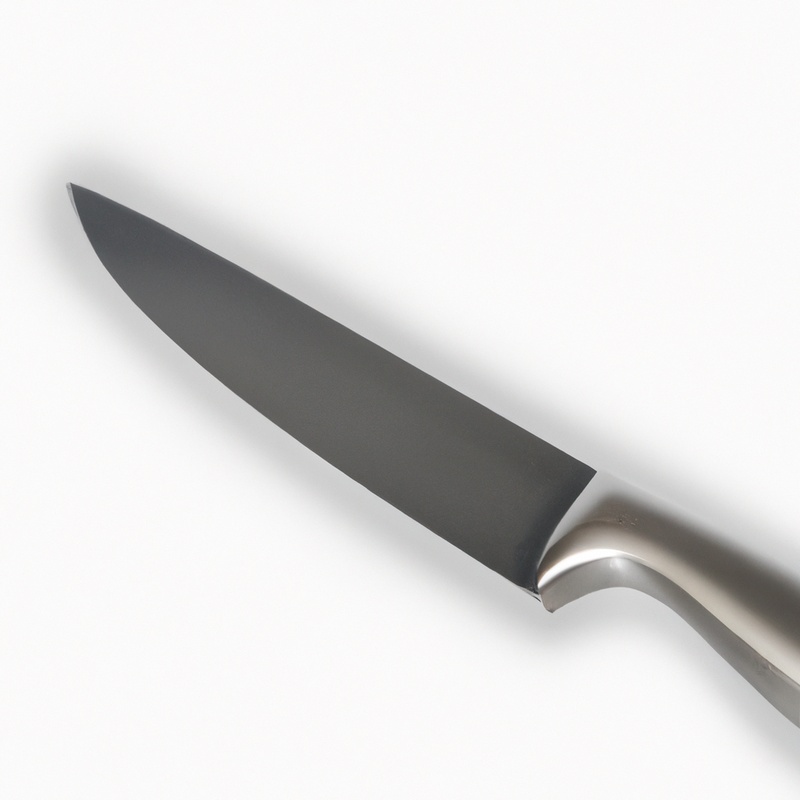
Factors to consider when choosing knife steel for survival knives
When choosing knife steel for survival knives, there are several factors to consider:
- Durability: Look for steel that is tough and can withstand heavy use without chipping or breaking. High carbon and tool steels are known for their durability.
- Corrosion Resistance: Survival knives often come into contact with moisture, so choosing steel with good corrosion resistance is vital. Stainless steel is a popular choice due to its ability to resist rust.
- Edge Retention: A good survival knife should hold its edge for a long time, allowing you to perform tasks efficiently. Look for steel that can maintain a sharp edge, such as high carbon steel.
- Sharpening Ease: Consider how easy it is to sharpen the knife steel. Some steels require specialized tools or skills for sharpening, while others can be easily maintained with basic sharpening equipment.
- Toughness: The steel should have a good balance of hardness and toughness. It should be able to handle both cutting and heavy-duty tasks without easily chipping or breaking.
By considering these factors, you can choose knife steel that meets your specific needs for a reliable and long-lasting survival knife.
Top knife steels for survival knives
Stainless steel
Stainless steel is a popular choice for survival knives due to its durability and resistance to rust and corrosion. It is made by adding chromium to the steel, which gives it its stainless properties.
Stainless steel knives are easy to maintain and require minimal care.
They also offer good edge retention and strength, making them suitable for various survival tasks. However, stainless steel can be harder to sharpen and may not hold an edge as well as other knife steels.
But overall, stainless steel is a reliable option for survival knives.
High carbon steel
High carbon steel is a popular choice for survival knives because of its durability and strength. It is known for its excellent edge retention and ability to withstand heavy use.
High carbon steel blades are also more resistant to corrosion compared to other types of steel.
However, they require regular maintenance to prevent rusting. Keep in mind that high carbon steel knives can be more prone to chipping or breaking if used improperly.
Nonetheless, when properly cared for, a high carbon steel survival knife can be a reliable and effective tool in challenging wilderness situations.
Tool steel
Tool steel is a popular choice for survival knives due to its durability and toughness. It is specifically designed to withstand heavy use and resist wear and tear.
Tool steel has high carbon content, which gives it excellent strength and edge retention.
It also has good corrosion resistance, making it suitable for outdoor and survival situations. However, tool steel can be more challenging to sharpen compared to other types of knife steel.
Despite this, its overall performance and reliability make it a great option for survival knives.
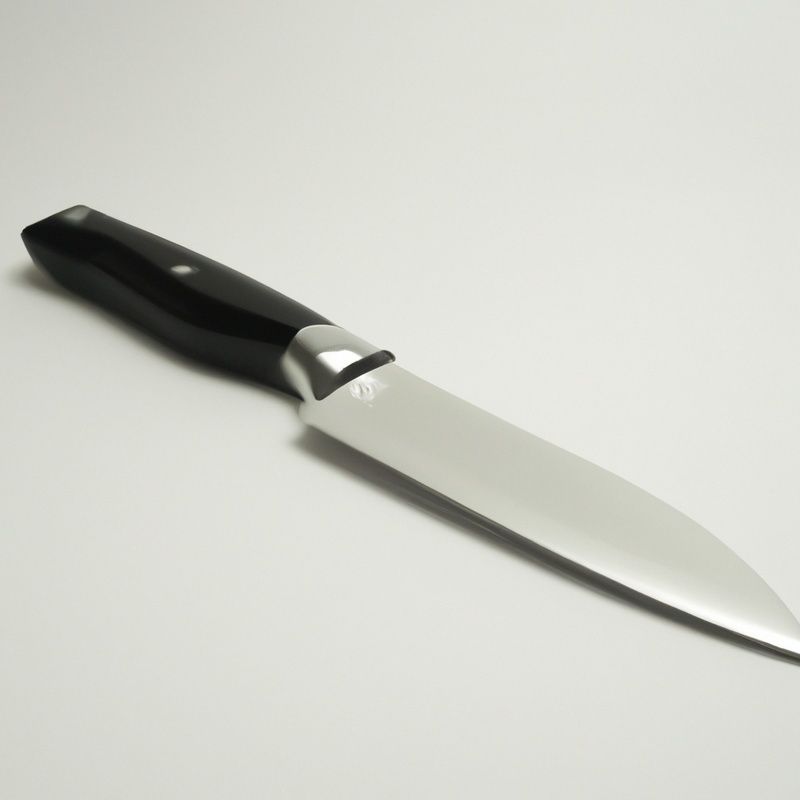
Pros and cons of different knife steels
Stainless steel
Stainless steel is a popular choice for survival knives due to its excellent corrosion resistance. This type of steel contains at least 10.5% chromium, which forms a protective layer on the surface, preventing rust and staining.
Stainless steel is also known for its durability and ability to hold an edge well.
However, it can be more difficult to sharpen compared to other steels. Additionally, stainless steel knives may not be as tough as high carbon or tool steel knives.
Overall, stainless steel is a reliable option for survival knives, especially in harsh environments where corrosion is a concern.
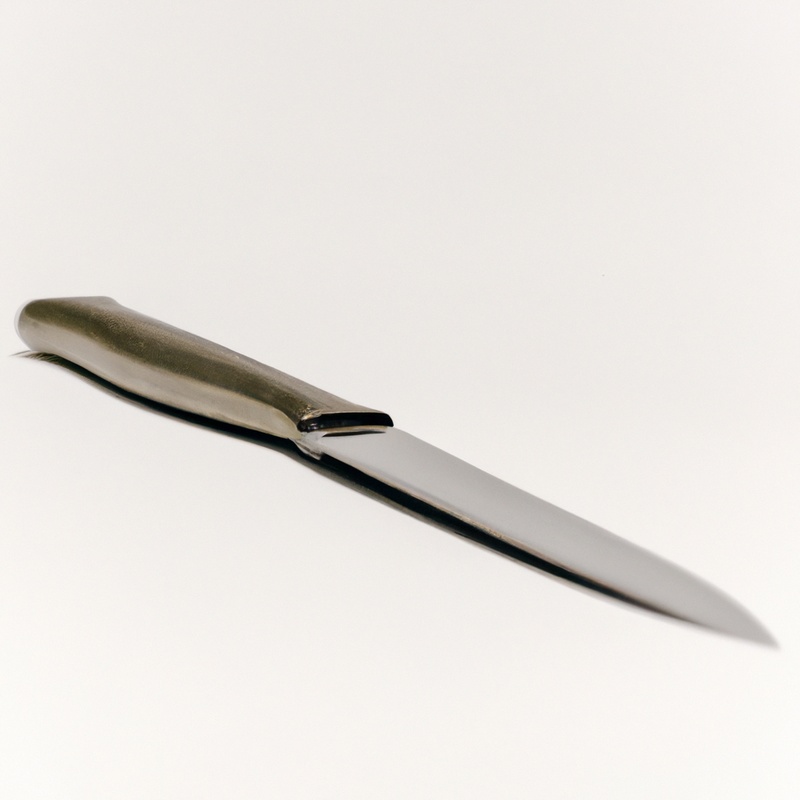
High carbon steel
High carbon steel is a popular choice for survival knives. It is known for its excellent strength and durability, making it ideal for tasks like chopping wood or building shelter.
High carbon steel also holds a sharp edge for a long time, reducing the need for frequent sharpening.
However, it is important to note that high carbon steel requires regular maintenance to prevent rusting. It is also more prone to chipping compared to other knife steels.
Overall, high carbon steel is a reliable option for survival knives, provided you take proper care of it.
Tool steel
Tool steel is a popular choice for survival knives due to its durability and toughness.
It is designed to withstand heavy use and abuse, making it ideal for demanding tasks in outdoor and survival situations.
Tool steel provides excellent edge retention and can handle rugged environments without chipping or breaking.
However, it is important to note that tool steel requires regular maintenance to prevent rust and corrosion.
To keep your tool steel knife in top condition, clean and dry it thoroughly after each use and apply a thin coat of oil to protect the steel.
Maintenance and care tips for survival knives
Maintenance and care are crucial for keeping your survival knife in top condition.
Here are some tips to ensure its longevity:
- Keep it clean: After each use, make sure to clean your knife thoroughly. Use warm soapy water and a soft cloth to remove any dirt, debris, or moisture.
- Dry it properly: Always dry your knife completely before storing it. Moisture can lead to rust and corrosion, which can damage the blade over time.
- Lubricate the blade: Applying a thin layer of oil or lubricant to the blade regularly helps prevent rust and keeps the knife functioning smoothly.
- Store it properly: When not in use, store your survival knife in a dry and secure place. Consider using a sheath or a knife roll to protect the blade and prevent accidents.
- Sharpen it regularly: A sharp knife is more efficient and safer to use. Invest in a quality sharpening stone or tool and sharpen your knife whenever it starts to lose its edge.
Final Verdict
When it comes to choosing the best knife steel for survival knives, it ultimately depends on your specific needs and preferences.
Stainless steel offers excellent corrosion resistance but may not hold an edge as well as high carbon or tool steel.
High carbon steel provides superior edge retention but requires more maintenance to prevent rust.
Tool steel is incredibly durable and can withstand heavy use, but it may be more challenging to sharpen.
Regardless of the type of steel you choose, regular maintenance and care are crucial for ensuring the longevity and effectiveness of your survival knife.
Remember to clean, dry, and oil your knife regularly to prevent rust and keep it in optimal condition.
Trust in the information presented here as a guide to make an informed decision when selecting the most suitable knife steel for your survival needs.

